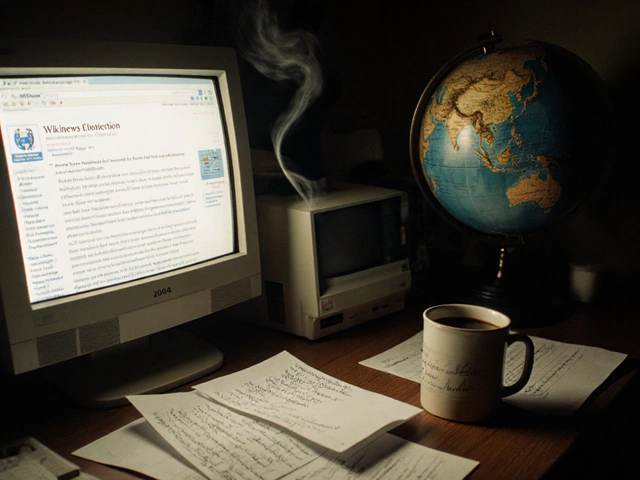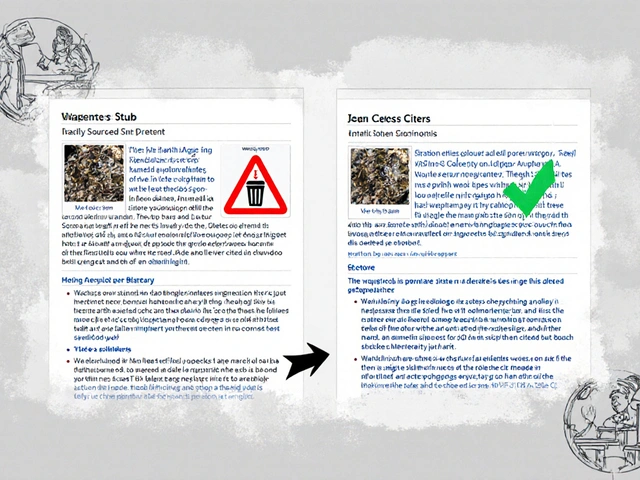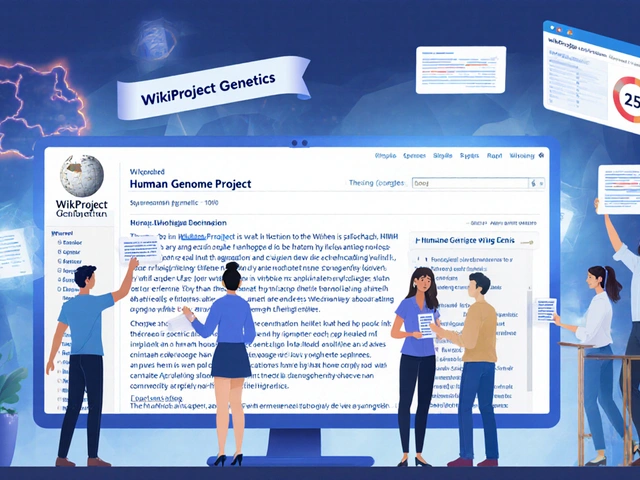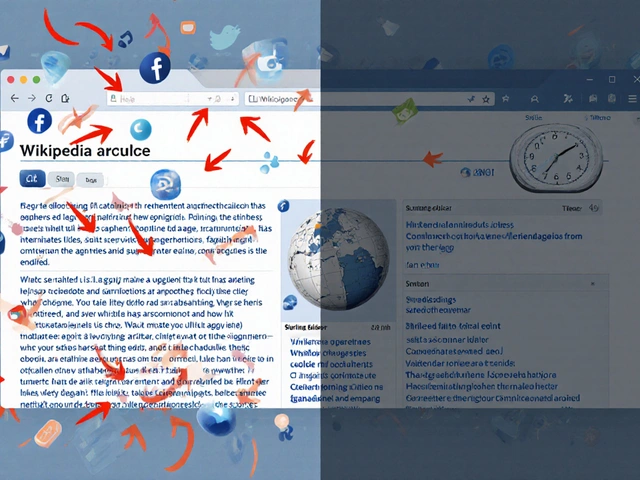Primary Sources on Wikipedia: What They Are and Why They Matter
When you see a Wikipedia article cite a research paper, a government report, or a firsthand interview, you're looking at a primary source, an original document or physical object created during the time under study, without interpretation or commentary. Also known as firsthand evidence, it’s the raw material of history and journalism—but not the kind you can directly quote on Wikipedia.
Wikipedia’s rules are clear: you can’t use a primary source to make a claim unless it’s already been verified by a reliable secondary source. That means if you find a diary entry from a soldier in WWII, you can’t write "Soldiers felt terrified during the battle" just because the diary says so. Instead, you need a historian’s book or a peer-reviewed journal that analyzed that diary and drew conclusions from it. This isn’t about hiding information—it’s about preventing bias, error, and misinformation. Think of it like a court of law: primary sources are evidence, but they need to be authenticated by an expert witness before they’re admitted. The secondary source, a work that interprets, analyzes, or summarizes primary material acts as that witness. Without it, Wikipedia becomes a playground for opinion, rumor, and fringe claims.
Many editors confuse primary sources with original research. They aren’t the same. Original research is when you combine facts to make a new conclusion—like saying "This event caused that outcome" based on two unrelated documents. Primary sources are just the raw data. The real danger comes when journalists or students copy Wikipedia’s phrasing and then cite the article as if it’s a primary source. That’s like quoting a Wikipedia summary of a scientific study and calling it the original paper. It breaks the chain of verification. That’s why Wikipedia’s due weight policy, a rule ensuring articles reflect the balance of reliable sources, not popularity exists—to keep the focus on what experts agree on, not what’s loudest or newest.
Behind every well-sourced Wikipedia article are volunteers digging through archives, university libraries, and government databases to find those primary sources. They don’t cite them directly—they use them to build the secondary sources that Wikipedia does cite. A medical article on a new drug might rely on a clinical trial (primary) to inform a review paper (secondary), which Wikipedia then references. Without access to those original studies, the summary wouldn’t be accurate. The same goes for historical events, legal rulings, or even sports records. The annotated bibliography, a list of sources with brief evaluations of their relevance and quality is how editors keep track of this invisible work. It’s not glamorous, but it’s the backbone of reliability.
And it’s not just about accuracy—it’s about equity. Many communities, especially Indigenous groups or small nations, have knowledge preserved in oral histories or local records—primary sources that mainstream publishers ignore. Wikipedia editors are slowly learning how to use these ethically, with permission and context, to fill gaps that traditional academia left behind. That’s why understanding primary sources isn’t just a technical rule—it’s a moral one too.
Below, you’ll find real examples of how Wikipedia editors navigate this line: when they use primary sources to uncover hidden truths, when they get it wrong, and how to spot the difference between a trustworthy article and one built on shaky ground. Whether you’re a student, a journalist, or just someone who checks Wikipedia before believing something, this collection shows how the real work happens—not on the surface, but deep in the citations.
Reliable Secondary Sources vs Primary Sources on Wikipedia: When to Use Each
Learn when to use primary versus secondary sources on Wikipedia to make reliable edits. Understand why secondary sources are preferred and how to avoid common mistakes that get your changes reverted.







